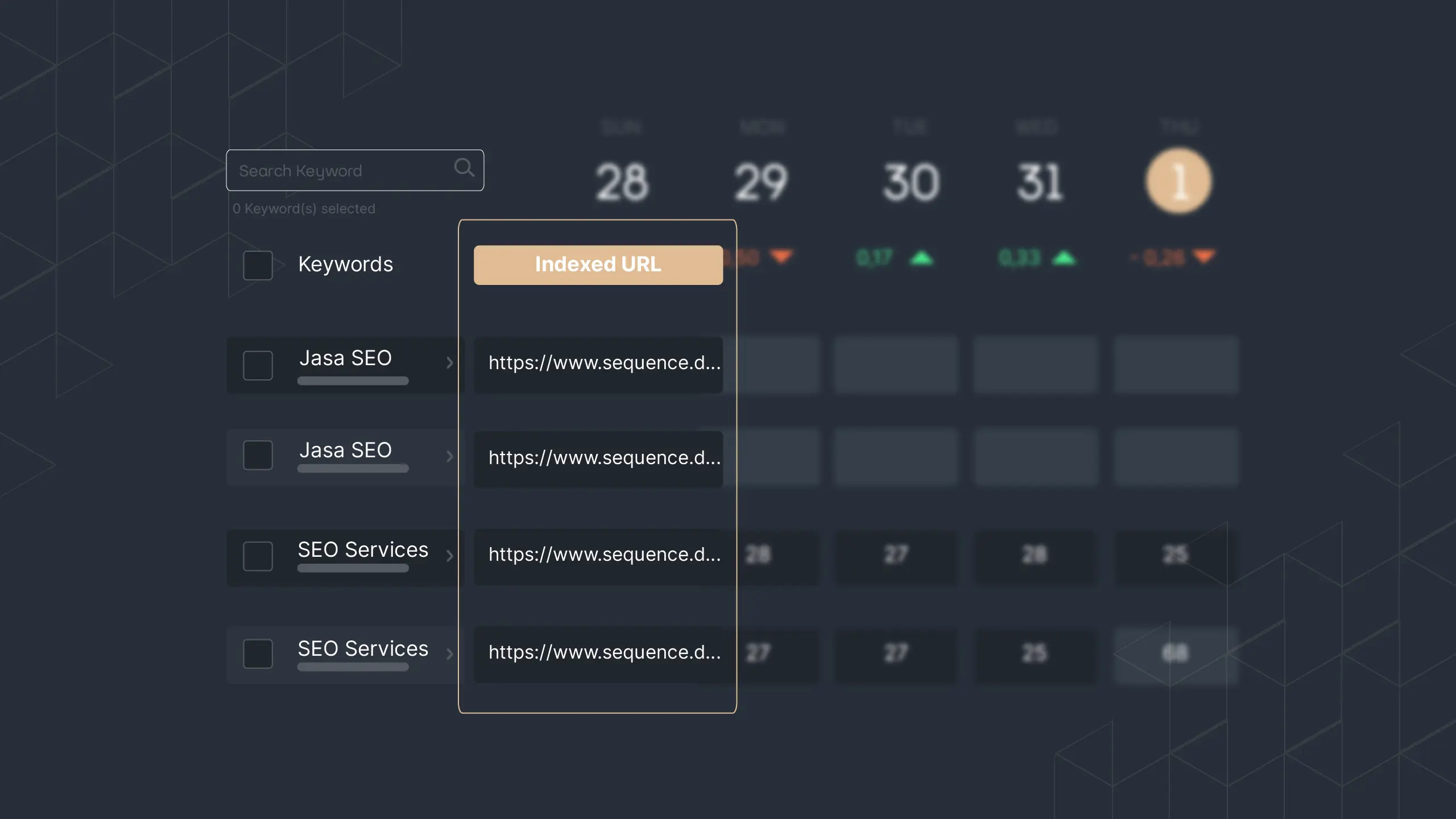What Is A Slug and How to Optimize it for SEO
Every aspect of the website can influence how it performs on the search engine, including your slug. One often overlooked yet crucial element is the "slug." You may have heard the term in passing, but do you truly understand what a slug is and how optimizing it can significantly impact your SEO efforts?
In this article, we will learn everything behind slugs, exploring their definition, purpose, and most importantly, how to fine-tune them for better search engine rankings and user experience.
What Is A Slug?
A slug, in the context of web design and SEO, refers to the segment of a URL that identifies a specific page or post. It is the part of the web address that comes after the domain name and provides a descriptive, human-readable summary of the page's content.
Slugs are typically composed of words or phrases that help both search engines and users discern the nature of the web page. For example, in the URL "www.example.com/blog/what-is-a-slug," "what-is-a-slug" is the slug, offering a glimpse into the content's subject matter.
The Importance of Slug in SEO
The importance of slugs in SEO cannot be overstated. These seemingly minor components of a URL have a significant impact on the overall performance and visibility of a webpage in search engine results. Slugs serve as essential signposts for search engines, helping them understand the content of a page and how it relates to specific search queries.
When crafted thoughtfully, slugs can improve user experience, making it easier for visitors to decipher the content's relevance, thereby increasing the likelihood of clicks and longer on-page engagement.
Besides that, here are the reasons why slug becoming important on every page of the website:
1. SEO-Friendly URLs
One of the factors they consider when evaluating a webpage's content and relevance is the URL structure. An SEO-friendly URL is not only easy for search engines to interpret but also for users to understand. This is where slugs come into play.
A well-crafted slug in a URL is concise, descriptive, and relevant to the content on the page. It typically consists of keywords that indicate the topic or subject matter of the page.
For example, a blog post about "10 Tips for Healthy Eating" would ideally have a slug-like "10-tips-healthy-eating." This URL structure not only helps search engines comprehend the content but also gives users a clear idea of what to expect when they click on the link.
2. Keyword Relevance
Including relevant keywords in your slugs can make a significant difference in how your content ranks in search results. Search engines use the slug, along with other on-page elements, to determine the content's relevance to specific search queries.
By incorporating relevant keywords into your slugs, you can signal to search engines that your page addresses particular topics or questions. This can boost your chances of ranking higher in search results for those keywords.
3. Enhancing User Experience
The significance of slugs in SEO extends beyond their influence on search engines. They also impact the user experience, and this matters for SEO as well. When users see a well-structured, descriptive slug in a URL, they gain a sense of trust and confidence in the content they're about to access.
Moreover, a user-friendly URL makes it easier for visitors to remember and share your web pages, which can contribute to increased referral traffic. A well-crafted slug is not just a technical SEO element; it's a user-focused element that can make your content more accessible and shareable.
How to Create SEO-Friendly Slug
An SEO-friendly slug can make your web pages more accessible to search engines and users alike. Here's a step-by-step guide on how to create SEO-friendly slugs:
1. Use Keywords Wisely
Research relevant keywords for your content. These are the terms that your target audience is likely to use when searching for information related to your page. Then, Incorporate the primary keyword into your slug. This helps search engines understand the content's topic and relevancy to specific search queries.
2. Keep it Short and Descriptive
A good slug is short, concise, and to the point. Long, convoluted slugs are not only unwieldy but can also confuse search engines and users. Include only essential words that accurately represent the content. Avoid unnecessary words, articles (a, an, the), and filler terms.
3. Use Hyphens to Separate Words
Use hyphens (-) to separate words within the slug. Search engines and users recognize hyphens as word separators, making it easier to read and understand the URL.
Avoid using underscores (_) or other special characters as they are not SEO-friendly.
4. Avoid Stop Words
Stop words are common words such as "and," "the," "in," and "of" that are generally ignored by search engines. Avoid including them in your slugs, as they add unnecessary length without providing SEO value.
5. Monitor Slug Performance
Use Sequence Stats to track the performance of your slugs. Evaluate how well they attract organic traffic and whether they need adjustments for better results.
In the Rank Dashboard, you can see whether your slug is concise and clear. See the indexed URL for each keyword and analyze whether they are on the right page or not.
 |
|---|
| Picture 1 - indexed URL in the Sequence Stats. |
By following these guidelines and incorporating SEO best practices, you can create SEO-friendly slugs that improve your website's search engine rankings. Don't forget to use Sequence Stats as your SEO tool.
This tool offers more than keyword monitoring but goes beyond all SEO tasks and SEO team management. Thus, this can be a complete tool for an agency or individual who manages website SEO.
To explore the features, you can register now and have a free trial for a year plus a free balance to track your keywords.